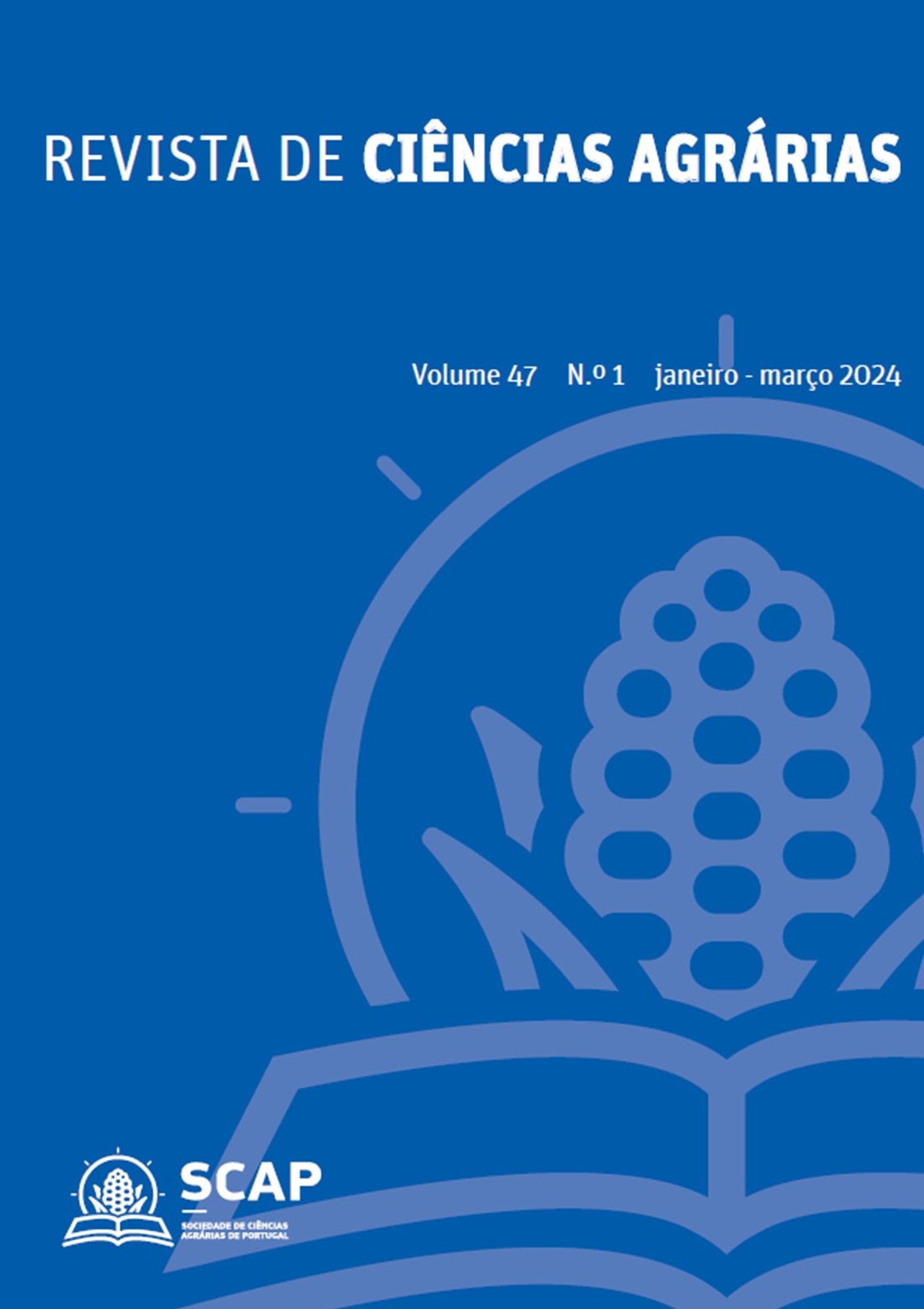El uso de drones en el manejo agroecológico de las malas hierbas
DOI:
https://doi.org/10.19084/rca.34970Resumo
Los drones constituyen una herramienta muy valiosa para explorar la variabilidad espacial presente en las parcelas de cultivo. Sin embargo, su uso, cada vez más frecuente en sistemas con una orientación tecnológica, es prácticamente desconocido dentro de sistemas para una aproximación agro-ecológica. El objetivo de este trabajo es explorar algunas de las potencialidades de los drones para contribuir a un mejor manejo agroecológico de las malas hierbas. La información extraída con vuelos tempranos nos permite minimizar el uso de insumos (labores, herbicidas) y mejorar su eficiencia. Por otra parte, la información obtenida en vuelos realizados al final del ciclo nos permite evaluar la eficacia de las medidas tomadas, detectando la aparición de escapes o de poblaciones resistentes. El fenotipado digital a partir de imágenes de dron puede ser de gran utilidad en los programas de mejora de variedades de cultivos supresoras de malas hierbas. La evaluación de prácticas agronómicas en condiciones reales puede llevarse a cabo mediante la monitorización continuada de parcelas de agricultores en las que exista una diversidad de condiciones. La abundante información
suministrada por los drones sobre el estado del suelo, cultivo y poblaciones de plagas y malas hierbas facilitaría el diseño y la implementación de sistemas de gestión integrada. El empleo de drones a escala paisaje nos permite el seguimiento de los espacios de biodiversidad y evaluar los servicios ecosistémicos obtenidos.


